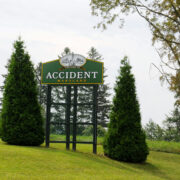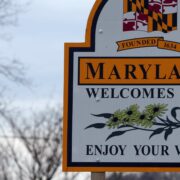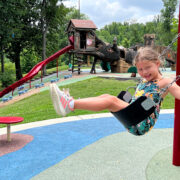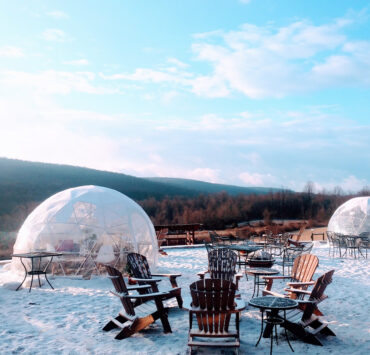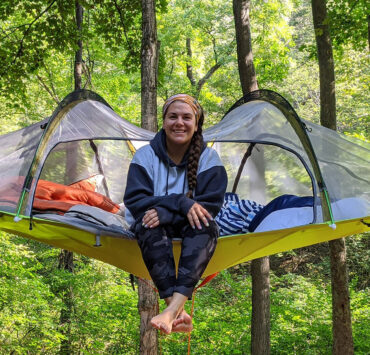Fowl Play on the Eastern Shore
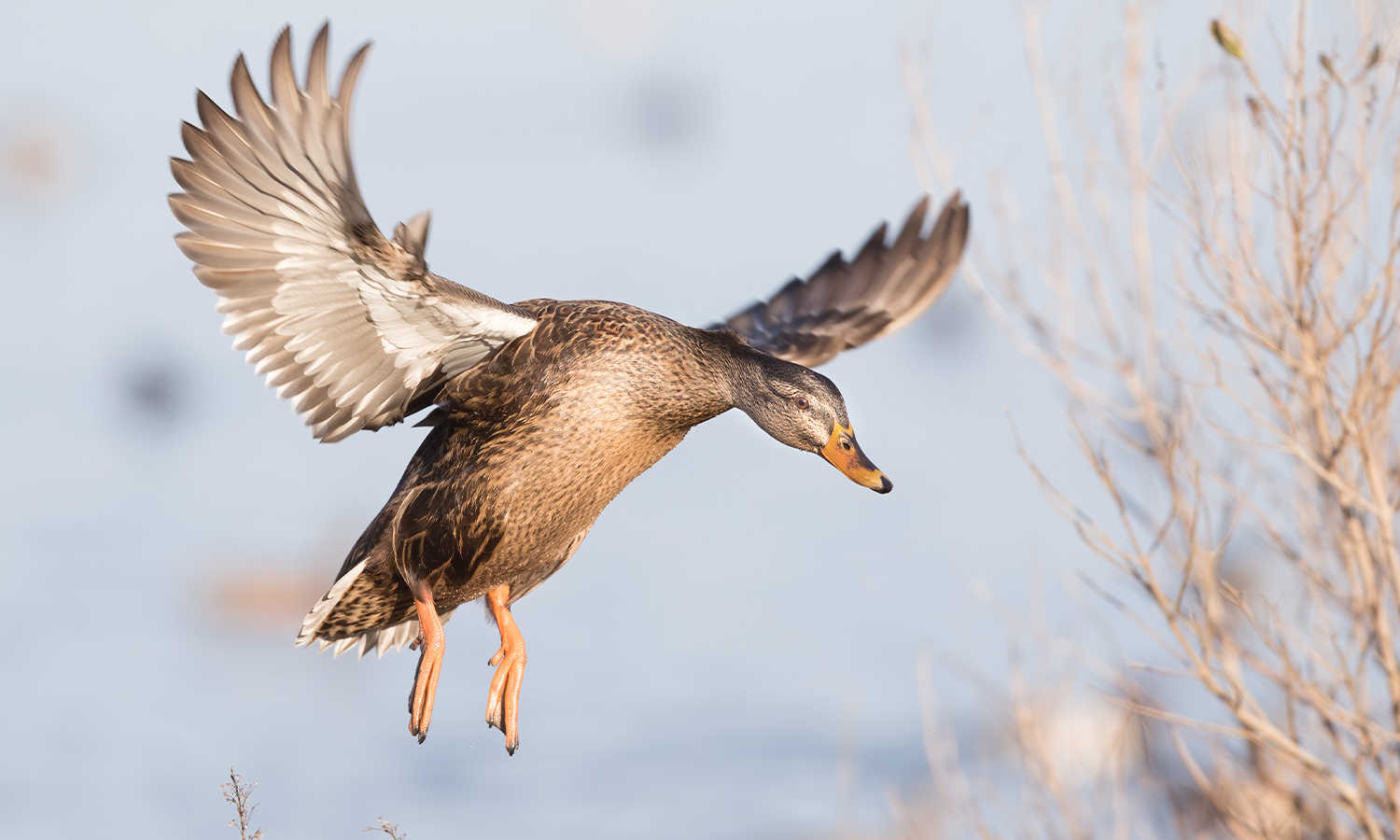
Winter birdwatching, especially in the marshes and estuaries of the Eastern Shore, is all about water birds. Migratory ducks, swans, and over-wintering wading birds await the birder in a range of locations. So on a cold, sunny day, my husband and I decided to explore some familiar and not-so-familiar places on the lower Eastern Shore of Maryland: Blackwater National Wildlife Refuge, Deal Island Wildlife Management Area, and the banks of the Choptank River in Cambridge, Maryland.
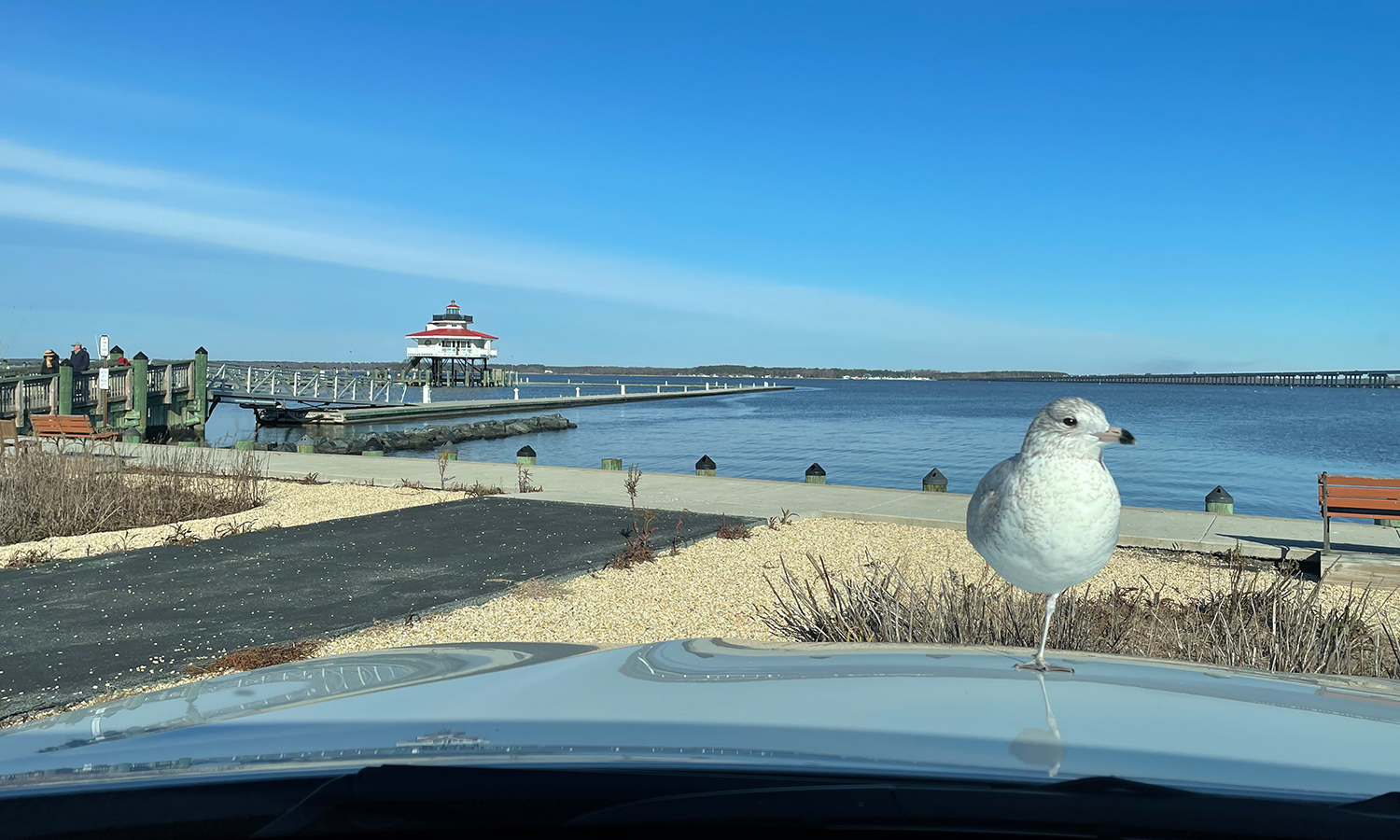
We’ve visited the Blackwater National Wildlife Refuge many times and in all seasons. It is the largest (30,000+ acres) and the oldest (established 1933) of the five National Wildlife Refuges in Maryland.
Although Blackwater is just a 15-minute drive south of Cambridge, we were approaching from the east and followed signs to turn off of US-50 onto Percy May Road. And since birding starts the minute we leave home, we thought driving back roads would give us more time to look for birds in the agricultural fields along the way. The route is well marked with directions to the refuge. Our decision paid off when along the way we spotted a field filled with Snow Geese and witnessed them taking flight.
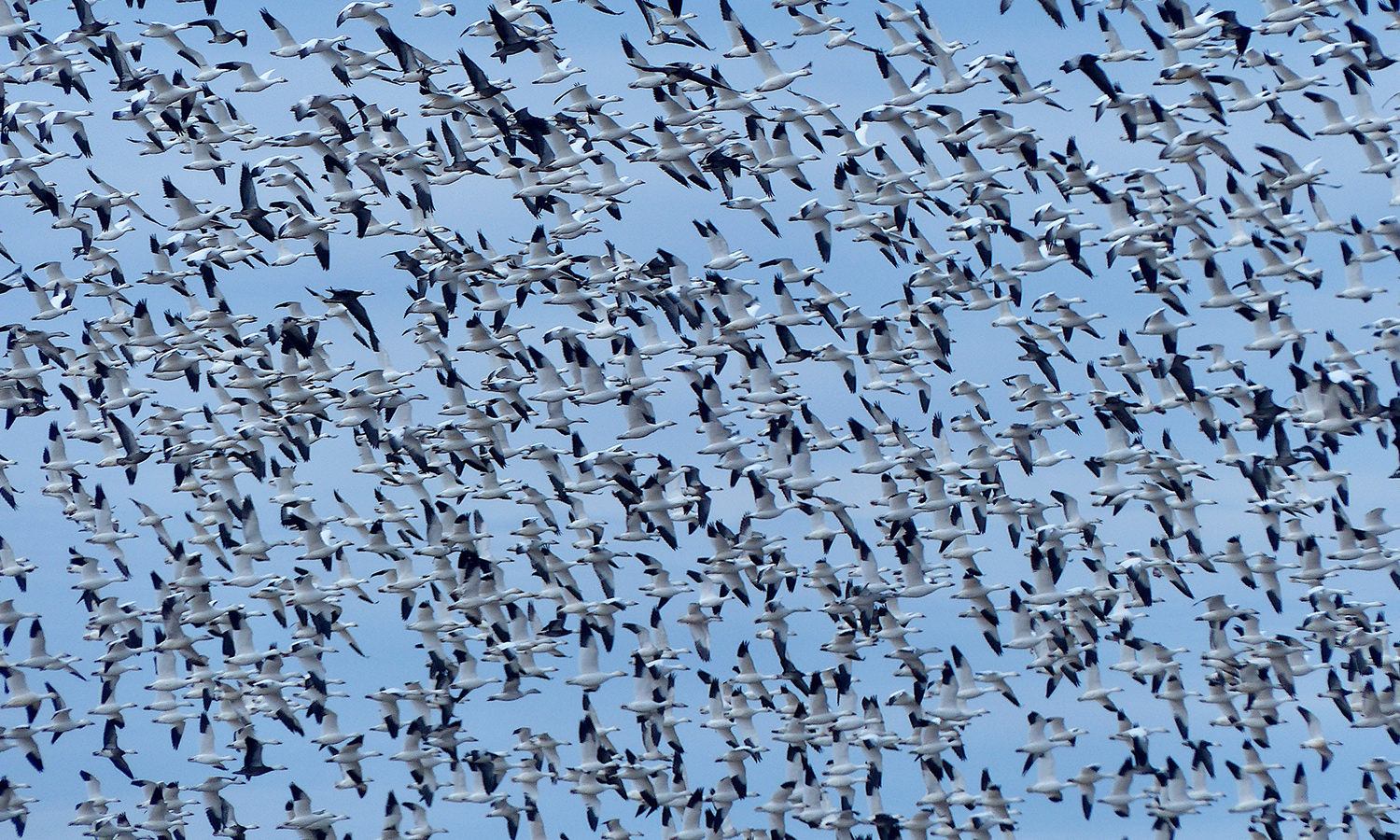
Continuing on the way, we also stopped at the birthplace marker for Harriet Tubman, famed abolitionist and conductor on the Underground Railroad. Along with learning about Tubman’s early life, we spotted a nice sized flock of Eastern Meadowlarks in the cornfield stubble. The Harriet Tubman Underground Railroad Visitor Center is located within the boundaries of the wildlife refuge and is well worth a stop.
Greeting us at the Refuge entrance was a perched Bald Eagle, just one of the half-dozen or so we saw before the day was over. As a friend always says, any day you see a Bald Eagle is a good day, and ours was certainly off to a good start.
If you don’t have a National Park pass, there is a $3.00 entrance fee per vehicle for the refuge, payable at a self-service kiosk.
After watching the Bald Eagle we moved on to the first pond, where there were numerous Ring-necked Ducks, a Pied-billed Grebe, and dozens of Canada Geese. Having been in the car for a bit we felt it was time for a walk, so we tried out the Marsh Edge Trail. It’s a short (⅓ mile) loop trail that offers a chance to look for woodland birds and affords great views of the marsh. We spotted Ruby-crowned Kinglets, Downy Woodpeckers, Red-bellied Woodpeckers, and heard numerous Brown-headed Nuthatches.
Our next stop was the Woods Trail, another short (½ mile) loop through woods of mixed hardwoods and Loblolly Pine. Along the way, we saw Northern Cardinal, Carolina Chickadee, and had a great look at a pair of Pileated Woodpeckers.
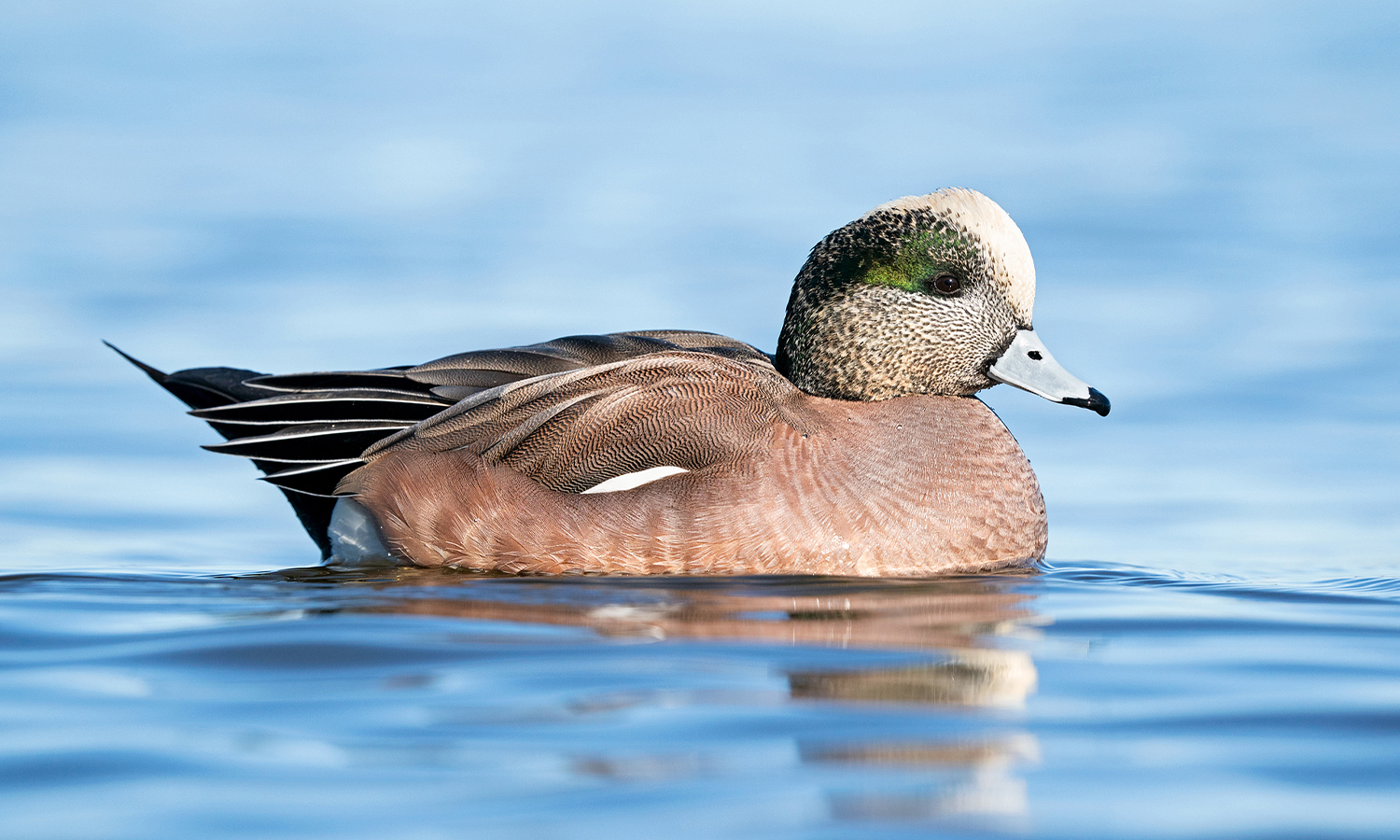
Back in the car and continuing on the 4.5-mile wildlife drive, we turned our attention to the waterfowl. Although not in large numbers, we did see Northern Shovelers, Northern Pintails, and Tundra Swans. Waterfowl numbers have been in decline since the days of market hunting at the turn of the 20th century when waterfowl were shot by the thousands. The Migratory Bird Treaty Act of 1918 changed that, but continuing stress due to habitat loss has not been good for the birds. In 1955 the Midwinter Survey for the Atlantic Flyway counted 5.2 million ducks, geese, and swans. In 2016 the count was 1.7 million. Still, this area remains one of the best places to find wintering waterfowl.
We left Blackwater NWR with 25 species on our list and decided to head to our favorite spot for lunch — Rise Up Coffee & Mad Eggs in Cambridge. It’s an “Eastern Shore Original” and their breakfast sandwiches, burritos, and coffee can’t be beat.

Once refueled, we headed into town for a closer look at some more ducks. While it may seem odd to head into the city, the streets that end on the banks of the Choptank River in Cambridge offer a unique, if not totally natural, opportunity to see some migratory ducks up close. Photographers and birdwatchers flock to the end of Oakley Street, known by some as “the wall of shame” because it’s almost too easy to get great photos. As always, we weren’t disappointed.
Be respectful of private property and enjoy the spectacle. Long Wharf Park is another good stop (on a previous visit we were treated to a Long-tailed Duck calling and doing its mating display).
Next, we headed south to Deal Island Wildlife Management Area, a first-time visit for us. Deal Island is a state-managed area, primarily focused on providing access for hunting and fishing. You won’t find any toilet facilities here as you do at the Refuge, so plan accordingly.

With its vast marshes we were hoping for a Short-eared Owl, and so timed our arrival for an hour or so before sunset. We entered from Riley Roberts Road, off of Deal Island Road. Compared to NWRs, WMAs aren’t nearly as well signed, and sometimes you just have to go on faith. I nearly turned around less than 1/4 mile or so from the entrance, feeling somewhat dissuaded by the “no-trespassing signs.” But my husband persuaded me that the sign was for the gravel road to the left, not for the road we were on. We continued and sure enough, there was the entrance sign. At this point, the road turned to gravel and we were back in birding mode. From Deal Island Road we drove a little more than 3 miles to a boat ramp, where we set up the spotting scope. Although the WMA map shows a loop road around the main impoundment, it was closed during our visit.
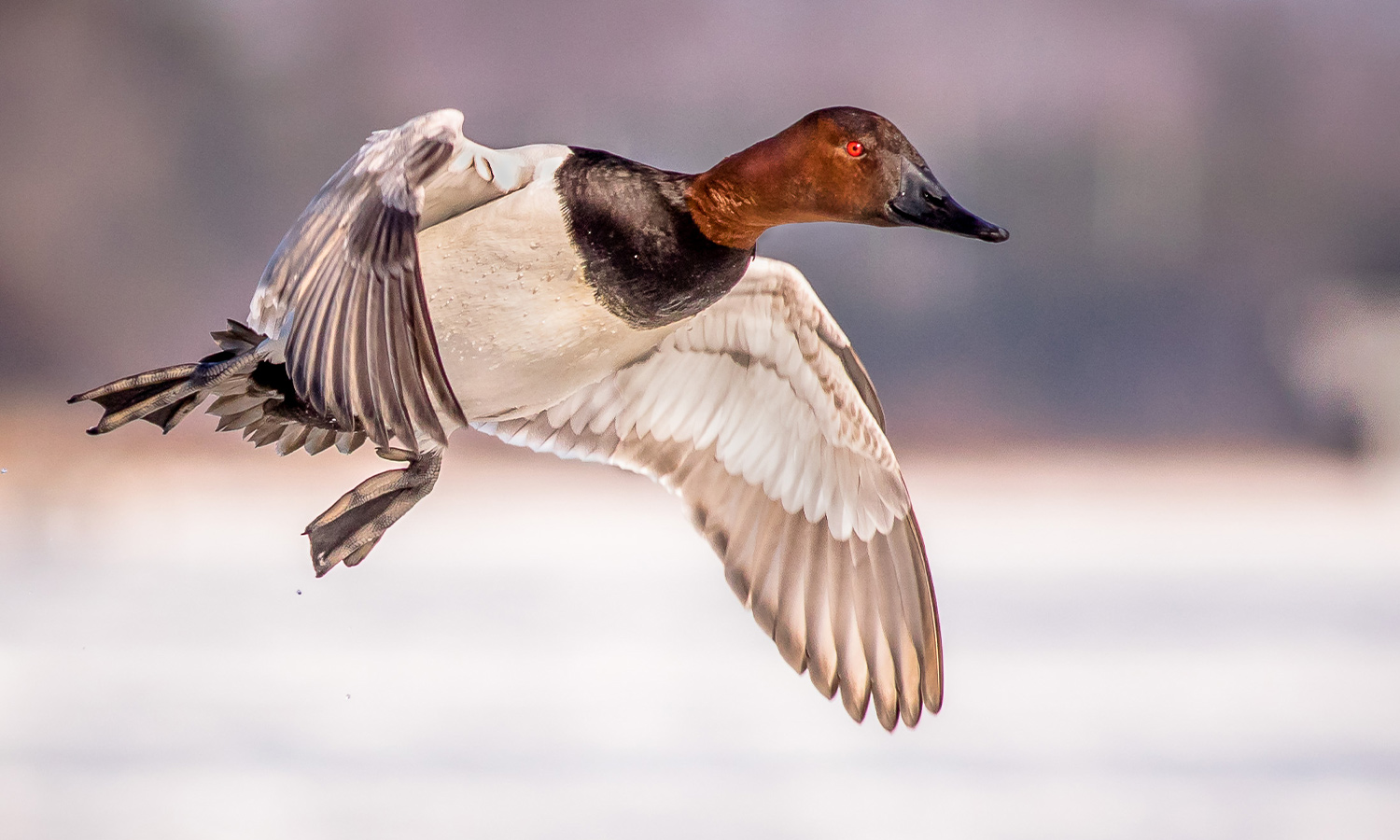
We saw four Bald Eagles, a Clapper Rail, Tri-colored Herons, and watched four Northern Harriers skim across the marshes. On the drive in we pulled into a side area and saw a flock of Greater Yellowlegs and Dunlin perched on a sandbar in the marsh. As the sun set, we eagerly awaited the shift from Northern Harriers to Short-eared Owls, but it wasn’t to be. And so it goes with bird watching, always saving a bird for another day.
Lead Photo: A Mallard Hen In Flight, Captured at Oakley Street in Cambridge. Photo credit: Jerry amEnde
About the Author
Helen Belencan
Helen lets birdwatching guide her road trips and travels, leading her and her husband on adventures across the U.S. and around the world. When not on the road, she divides her time between Frederick, MD, and the Eastern Shore.





